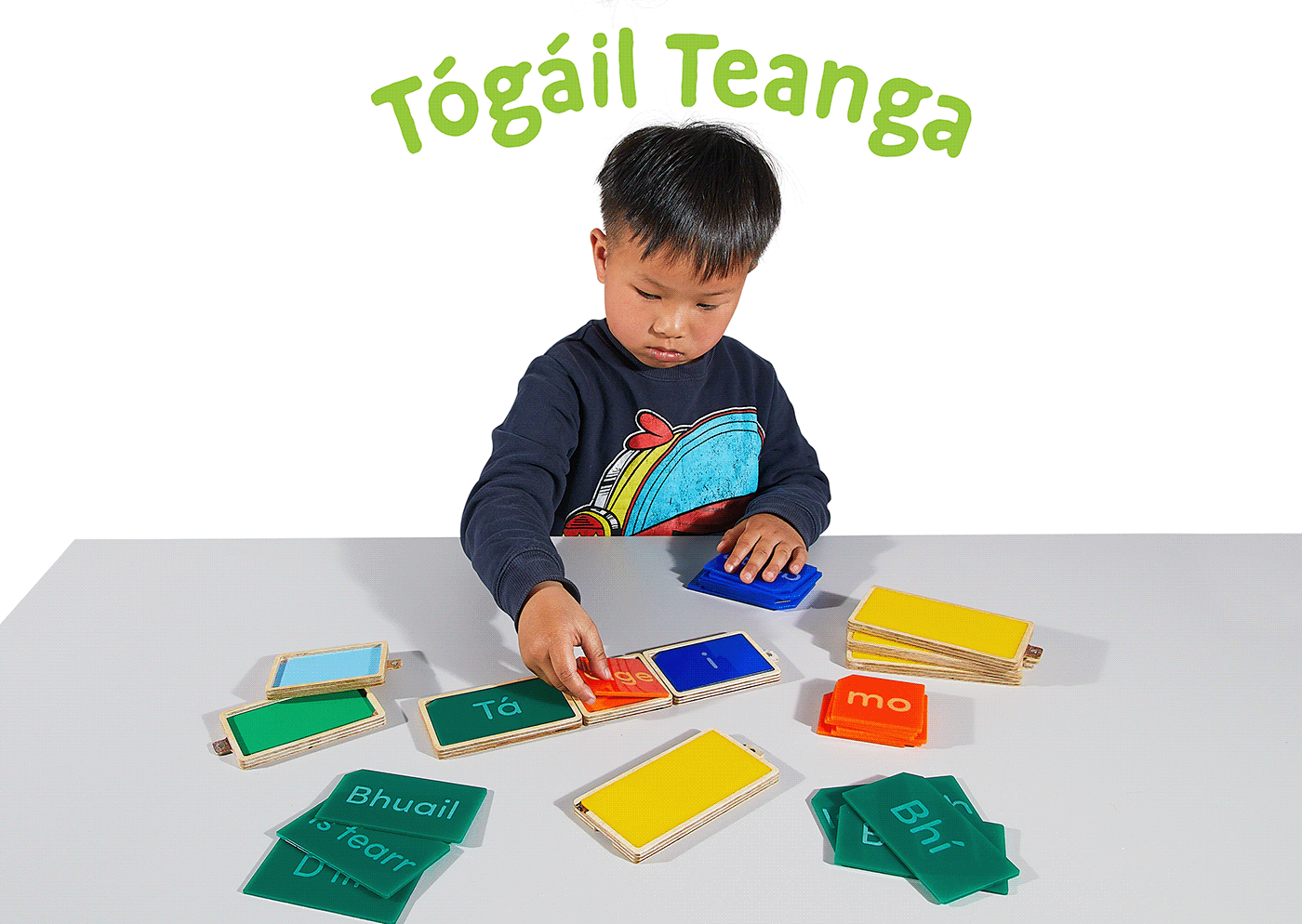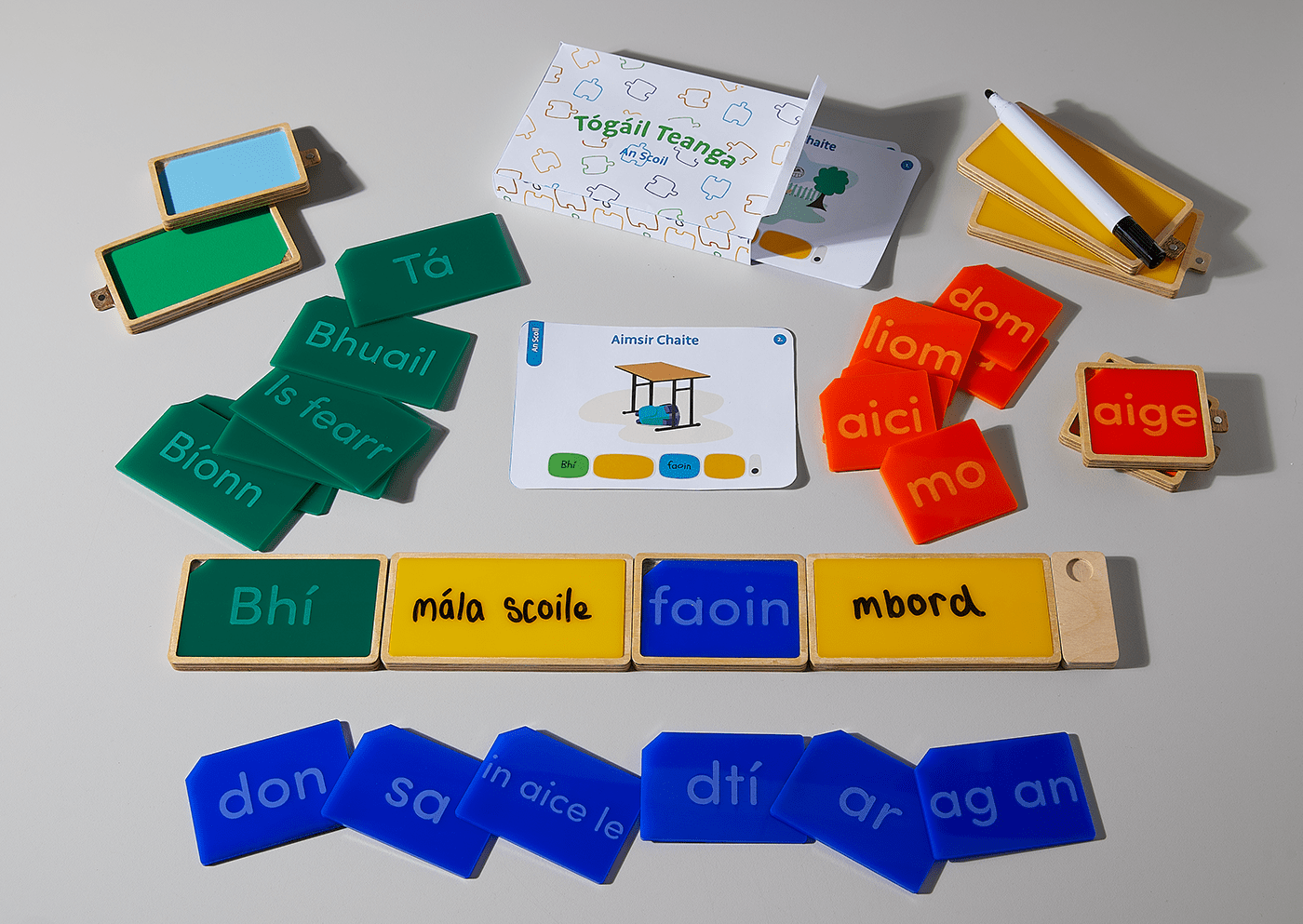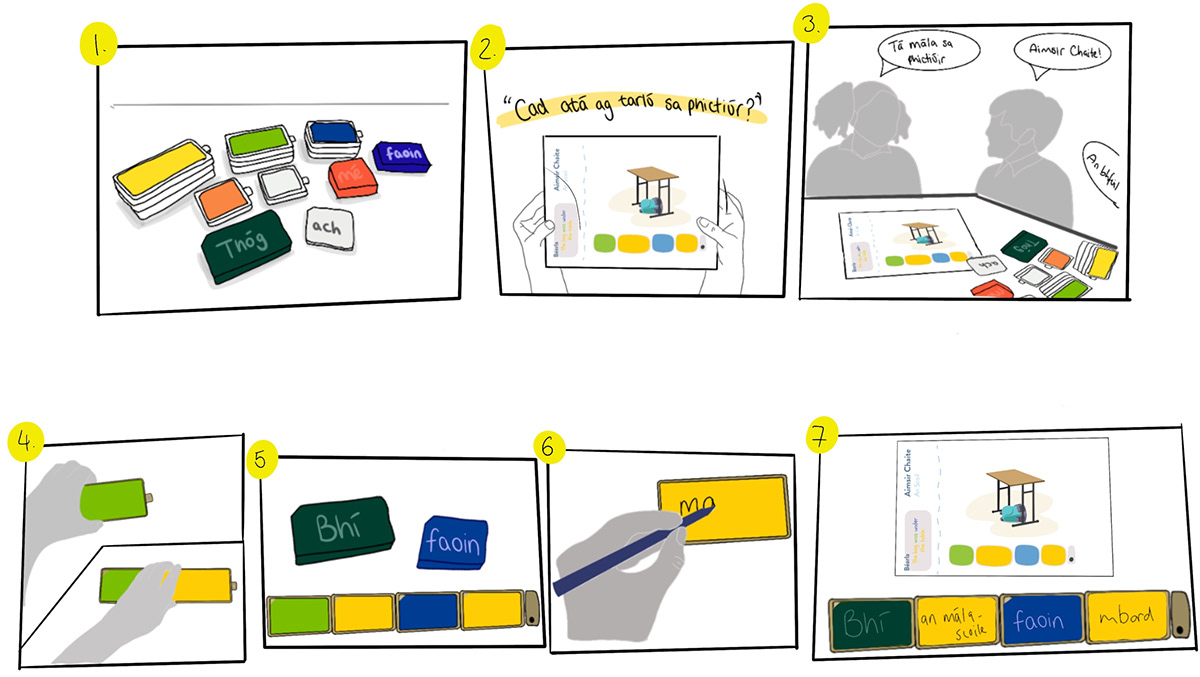
Project Area
The initial project area for Tógáil Teanga was active learning. Active learning is an umbrella term used to describe different methodologies which actively involve students in the learning process. The responsibility of learning is placed on the student and helps build foundations for adopting a ‘lifelong learner’ approach.
Benefits of Active Learning

Researching Activities

Interviews were held with teachers were held to understand how they see active learning and how it fits into their lives. A focus group was conducted with six final year primary school teaching students and observational studies were performed in two primary schools, observing two Second class groups, a Third class group, and an SEN class.
From conducting these activities it was noticed that there was less focus on implementing active learning techniques when it came to language learning, in particular Irish. One of the main barriers of entry to implementing active learning for teachers was the time it takes to prepare and execute the activities.
“You might have to handle one child getting a nosebleed, others fighting or whatever, and just not find the time”
- Primary School Teacher

The Problem with Irish

Project Brief...
“Design a tool that helps facilitate learning Irish for primary school students. The solution should incorporate active learning elements and be efficient for the facilitator.”
Concept Generation
The conceptualisation phase began by creating How Might We questions based off the insights found from the primary researching activities. Concept sketches were then made to answer those questions.
Some How Might We Questions included:
HMW give students more independence in their Irish reading and writing?
HMW make an Irish lesson feel more like a science lesson?
HMW make an Irish language tool feel like a game



Concept Development
The concept that was chosen for development was an Irish sentence forming jigsaw tool. This concept would include jigsaw pieces as housings which would represent the different parts of speech and tile pieces representing verbs, pronouns, and preposition. These tile pieces fit into their corresponding housing piece. Whiteboard pieces allows the user to write their own vocabulary.






User Testing
Who?
Third Class Students
Why?
The students were asked to test out the third iteration of the product to understand if they were able to successfully use the product. They were asked to build the pattern and solve the illustration given on a sheet using the prototype.
What?
The students and their teacher enjoyed the activity. Some observations were made:
Students often put the tile pieces in the wrong way around
Students found it difficult to remove the tiles from the jigsaw housing
When students constructed their own sentence, the specific whiteboard parts for nouns, adjective, and adverbs became redundant
To solve these issues a removal slot was added to the housing part/tile part and the whiteboard pieces were combined to one vocabulary writing piece.

High Fidelity Prototype
A full prototype set was produced from laser cut birch plywood.



Final Prototype
The final prototype was CNC machined from 9mm birch plywood.










Tógáil Teanga

What it is!
Tógáil Teanga, ‘Building Language’, is an Irish learning resource aimed at third class primary school students. Tógáil Teanga aims at engaging students in the Irish language in a fun and active way, creating a visual tool to aid in understanding sentence structure, while following the curriculum. Tógáil Teanga promotes teamwork and encourages students to work together to solve the language challenges. The product aims at increasing self-directed learning among students, while being easy to implement and manage for the teacher.



Why?
Based off user research, there seemed to be a lack of active learning resources available for learning languages when compared to STEM subjects. Teachers often don’t have enough time to implement active learning activities into their busy day, meaning a lot of language learning is left to traditional means. The standard of Irish in primary schools has deteriorated in the past few years as noted by the Chief Inspectors report. From observational studies students also seem less engaged in Irish lessons and teachers noted a lack of enthusiasm from the students. The current Irish curriculum is very scaffolded by the teacher, this solution allows students to test themselves and self-direct their learning. One of the most difficult parts of the Irish language is understanding the sentence structure as it differs so much from English, the Tógáil Teanga helps students to visualise these differences and the colour coding helps them to create associations between words. Tógáil Teanga aims at creating a fun and practical solution that benefits both the student and teacher.



How?
The students receive a card with an illustration and pattern and must use the accompanying jigsaw, tile, and writing pieces to figure out the sentence relating to the illustration. The students work in teams to build their sentence, solving the card. The card packs correspond to the different topics in the Irish curriculum. A corresponding web app allows the teacher to access digital versions of the cards, create their own cards, and project a timed version of the cards for a whole class game.

